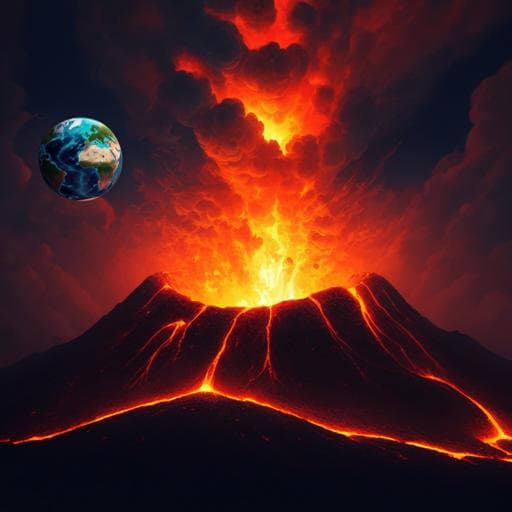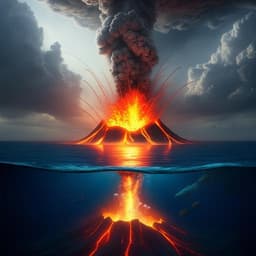
Earth Sciences
Atmosphere-solid earth coupling signals generated by the 15 January 2022 Hunga-Tonga eruption
J. Diaz
Discover the groundbreaking research by Jordi Diaz on the January 15th 2022 Hunga-Tonga volcanic eruption, one of the most powerful explosions in recent decades. This study explores the eruption's dynamics and its unprecedented atmospheric wave propagation, making waves around the globe!
~3 min • Beginner • English
Related Publications
Explore these studies to deepen your understanding of the subject.







